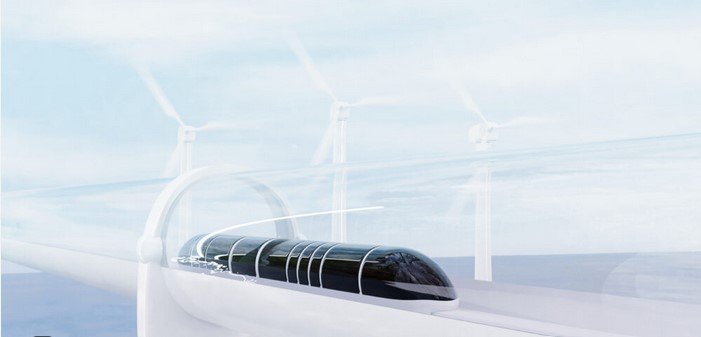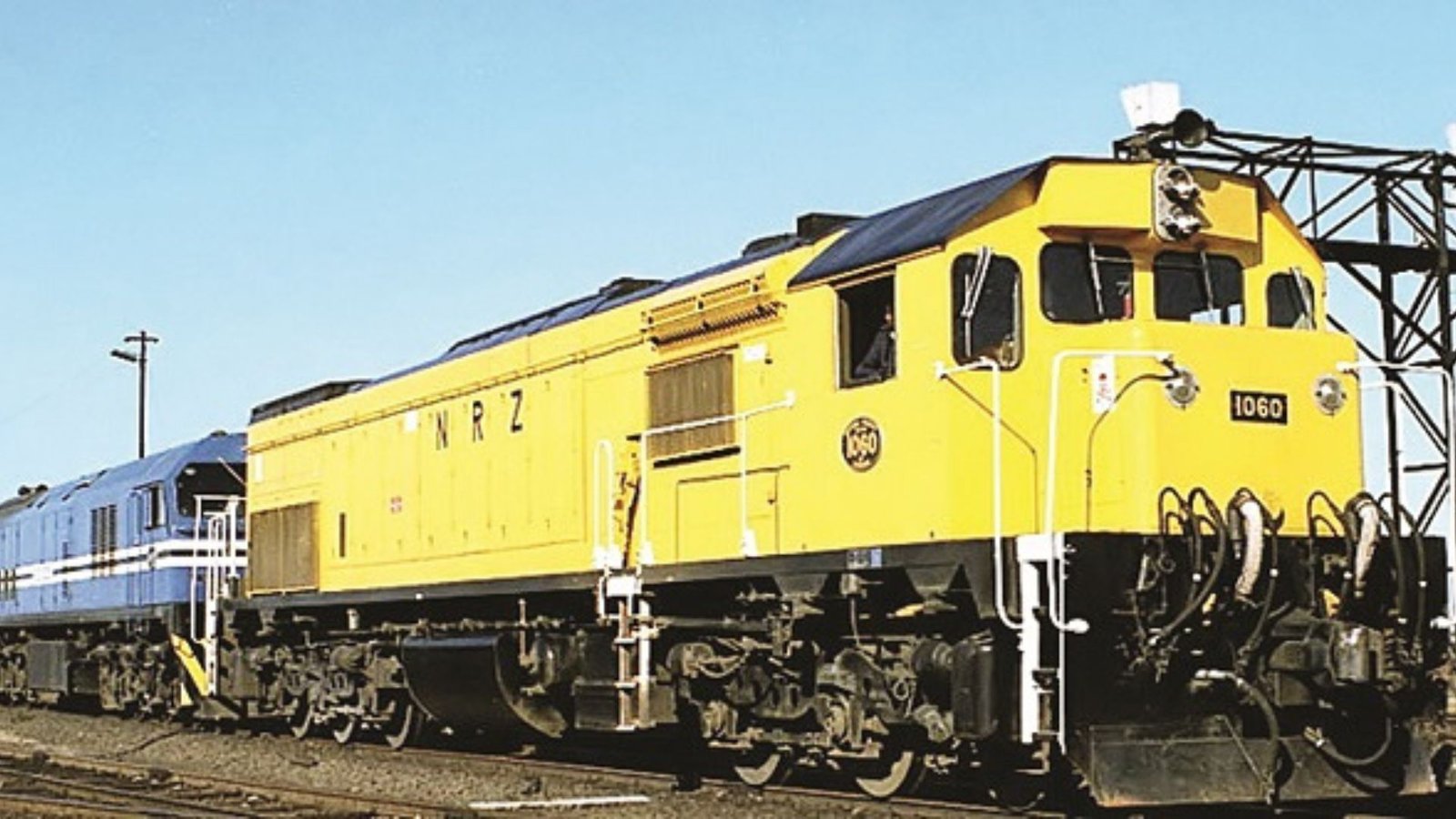Railroad innovations have played a significant role in shaping the modern world. Over the years, the railroad industry has undergone transformative changes, from steam engines to cutting-edge technologies that make trains faster, safer, and more efficient. These innovations have not only changed the way we travel but also revolutionized industries, economies, and societies. Let’s explore the evolution of railroad innovations, focusing on key changes that have shaped the industry from then to now.

Early Railroad Innovations
In the early days of railroads, innovation was driven primarily by the need for faster and more efficient transportation. The first major innovation came with the introduction of steam-powered locomotives. Before steam engines, horses pulled trains, which were much slower and less efficient. The steam engine, invented by George Stephenson in 1814, revolutionized the industry and enabled trains to travel much longer distances at faster speeds.
The development of steam-powered engines allowed railroads to expand rapidly. As a result, they became the backbone of industrialization, helping to move goods and people quickly across large distances. By the mid-19th century, railroads had become a vital part of many economies, making previously isolated regions accessible and fueling economic growth.
Technological Advancements in the 20th Century
As the 20th century progressed, railroad innovations continued to evolve. One significant development was the introduction of diesel-electric locomotives in the 1920s. Diesel engines were more powerful, reliable, and fuel-efficient compared to their steam counterparts. This innovation greatly reduced operating costs and increased the efficiency of rail transportation.
In addition, advancements in signaling systems, such as automatic train control and track-switching technology, improved safety and efficiency. These systems reduced the risk of accidents and allowed for more precise scheduling. Trains became faster, more reliable, and capable of handling heavier loads, further cementing their role as the preferred method of freight transportation.
The Impact of Electrification
Another major innovation in the railroad industry was the electrification of rail networks. In the mid-20th century, many countries began to invest in electrifying their railroads, which offered numerous benefits. Electric trains are faster, quieter, and more energy-efficient compared to diesel-powered trains. Electrification also helped reduce carbon emissions, making rail transport more environmentally friendly.
Countries like Japan and Switzerland led the way in electrifying their rail networks. Japan’s Shinkansen, or bullet train, which was introduced in the 1960s, became a symbol of advanced technology and speed. The success of high-speed rail networks demonstrated the potential of electric trains to revolutionize both passenger and freight transportation.
Modern Railroad Innovations
Today, the railroad industry continues to innovate with cutting-edge technologies that promise even greater advancements in speed, safety, and sustainability. One of the most exciting developments is the rise of high-speed trains, such as France’s TGV and China’s CRH trains. These trains can reach speeds of over 200 miles per hour, dramatically reducing travel times between major cities.
Additionally, railroads are increasingly embracing automation and digital technologies. Autonomous trains are becoming a reality, with companies exploring the use of AI and sensors to operate trains without human intervention. These innovations not only improve safety but also increase efficiency by reducing the potential for human error.
Another significant trend is the focus on sustainability. Modern railroads are investing in energy-efficient technologies, such as hydrogen-powered trains and solar-powered stations, to reduce their environmental footprint. As the demand for sustainable transportation options grows, railroads are positioning themselves as a greener alternative to other forms of travel.
Conclusion
Railroad innovations have come a long way from the early days of steam-powered engines. Today, the industry continues to evolve, with new technologies that improve efficiency, safety, and sustainability. From the introduction of diesel engines to the rise of high-speed and electric trains, the railroad industry has consistently embraced innovation to meet the changing needs of society. As we move into the future, railroads will undoubtedly continue to play a pivotal role in shaping transportation and contributing to a more sustainable world.




